Transylvania is considered to be one of the most mysterious regions in the world. History and mystery: two words which perfectly describe this region. And a mysterious land is filled with castles, fortresses and other significant history landmarks. Spread all over the region we have selected the most interesting castles and fortresses to be visited. The desire and need for more highlights will definitely come along... it is one of this region’s trademarks.
Day 1
Cluj-Napoca - (Bontida, Cluj County)
Group pick-up from Cluj-Napoca Airport.
Cluj-Napoca, the medieval capital of Transylvania is today one of Romania’s most vibrant and dynamic cities, and one of the major academic cities in the country, active due to its young people and full of history marks; it is definitely capable to share both traditional and progressive events; a special place worth visiting for its excellent cultural activities, wonderful historical legacy, fine dining, and great atmosphere.
Cluj-Napoca city tour with the visit of St Michael's Gothic Church, the Benedictine Monastery, the Museum Square, the Union Square.
Optional - Transfer from Cluj-Napoca to Bontida and visit of the Bánffy Castle located in Bonţida. The Castle is considered one of the biggest castles in Transylvania, a major Baroque tourist attraction. Starting from the XIVth century it was owned by the Bánffy family, who during the years developed and improved the castle (statues gallery, new stables, servants mansion) and its surroundings (English park, alleys, arthesian wells; and a water mill for the villagers' usage). In 1990 it was listed as a historical monument, and in 1999 the restoration works began several domestic & foreign institutions and organizations, under the high patronage of Charles, Prince of Wales, who visited the castle several times, and looks like the charming Banffy Castle Cafe is one of the favourite spots during his private trips in Transylvania.
The Banffy Castle was included on the Most Jeopardized Sites in the World List, (World Monuments Watch in 2000).
Transfer from Bontida to Cluj-Napoca.
Accommodation in Cluj-Napoca.
Day 2
Cluj-Napoca - Alba Iulia - Hunedoara - Sibiu
Transfer from Cluj-Napoca to Alba Iulia.
Alba Iulia short city tour with the visit of Alba Carolina fortress (Guard Changing Ceremony - daily at 12:00 pm), the Roman Catholic church, the Reunification Cathedral.
Alba Iulia's landmark is represented by the Vauban-style fortress with seven bastions, star-shaped. It was built in the early XVIIIth century, after the plans of two architects: Visconti and Doxat de Demoret (the "Austrian Vauban"), who radically transformed the medieval fortress based on the former Roman Castrum into a seven-bastion baroque fortress, the most remarkable of its kind in SE Europe.
Transfer from Alba Iulia to Hunedoara.
Visit of the impressive Corvin Castle (Hunyad Castle), in Hunedoara, which was built in the XIVth century, on a cliff above Zlaști river and represents, by its greatness, the most important Gothic style secular building in Transylvania. The castle is a large and imposing building, with tall and colored roof tiles; showing towers, turrets, windows and balconies with intricate stone carvings.
Transfer from Hunedoara to Sibiu.
Accommodation in Sibiu.
Day 3
Sibiu - Făgăraș- Brasov
Sibiu, 2007 European Capital of Culture is a fusion of Romanian, Saxon and Hungarian cultures, displaying an interesting blend of architectural styles, the sheer scale of its historic core - a labyrinth of medieval squares, narrow streets, churches and bridges - being quite impressive.
Sibiu is primarily loved for its medieval charm, for its cosy restaurants and is surrounded by beautiful landscapes. The Fortress of Sibiu is an absolute must-see place, as it remains one of the best-fortified citadels across Europe.
Tour of the medieval centre of Sibiu, one of Romania’s most charming cities: the Large Square with Brukenthal Palace, Haller House, the Catholic Church and the Council Tower - symbol of the city; the Small Square with Luxembourg House, the Liar's Bridge, the House of Arts; Huet Square with the Evangelical Church; the Cetatii/Fortress street; the Orthodox Cathedral.
Transfer from Sibiu to Făgăraș.
Făgăraș, together with Amlaș, formed during the Middle Ages a traditional Romanian local-autonomy region in Transylvania, and after 1242, Saxon settlers came in the area. The town became the main one in the surrounding royal estates. During the rule of Transylvanian Prince Gabriel Bethlen (1613–1629), the city became an economic role model city in the southern regions of the realm; Bethlen rebuilt the fortress entirely. Ever since Făgăraș became the residence of the Transylvanian Princes wives, an equivalent being Veszprém, the Hungarian "city of queens". Făgăraș was the site of several Transylvanian Diets.
Visit of the Făgăraș Fortress.
Transfer from Făgăraș to Brasov.
Accommodation in Brasov.
Day 4
Brasov - Bran - Prejmer - Brasov
Brasov (Kronstadt in German, “Crown City”), surrounded on three sides by the mountains, was founded by the Teutonic Knights in 1211 on an ancient Dacian (Romanian ancestors) site. It is a remarkable city which hosts Gothic, Baroque, Renaissance architecture, as well as other historical attractions. The marks of the Saxon heritage, are well preserved mainly in the Old Town.
Brasov short city tour with the visit of the City Council Square, the Black Church (Brasov's landmark, over 500 years old, the largest Gothic church in SE Europe, hosts one of the greatest pipe organs in Europe), Ecaterina's gate, a fairy-looking medieval tower, part of the last preserved original city gates.
Transfer from Brasov to Sinaia.
Sinaia is a beloved Romanian mountain resort, also named the ”Pearl of the Carpathians”. Visit of the Peles Castle (opening times 15 Sep.-15 May: Wednesday 11:00–17:00; Thursday to Sunday 09:00–17:00; Monday & Tuesday closed), former residence of the Romania's Kings. Built by King Carol I of Romania as his summer residence, Peles Castle shelters an important collection of artworks, rare furniture and valuable paintings.
Transfer from Sinaia to Bran.
Visit of the Bran Castle (opening times: Monday 12:00–18:00; Tuesday to Sunday 09:00–18:00; last admission 18:00), known as the Vlad Dracul/Dracula’s Castle. The medieval stronghold perched on rocks high above the valley was built in the XIVth century, in order to protect the peasants and landowners at the border between the two historical provinces: Walachia and Transylvania.
Transfer from Bran to Brasov.
Accommodation in Brasov.
Day 5
Brasov - Saschiz - Viscri - Sighisoara
Transfer from Brasov to Saschiz.
Visit of the fortified Evangelical Church from Saschiz, in Mureș County, was built in the XIIIth century.
Based on an ancient Roman basilica, a large fortified church was built in 1493, in the honor of King Stephen I of Hungary. Saschiz is very impressive due to its huge proportions and the way that the fortifying elements have been adapted. But even all the defensive elements are eventually surpassed by the beauty of its Gothic architecture: huge arches, massive buttress and decorations.
Transfer from Saschiz to Viscri.
Apart the fortified church, the village Viscri with its strong Saxon community who resisted to many barbarian attacks along the centuries fight to preserve the rich heritage of their ancestor’s land ("Siebenbürgen, süsse Heimat"). Their efforts have been sustained by Charles, Prince of Wales, who is enraptured with the unspoiled natural beauties of Transylvania. Starting with 2006, the Prince of Wales bought and restored XVIIIth century Saxon houses in Viscri (the "Blue House") and other properties, in order to support and protect this unique way of life and bring sustainable tourism into the region; he visits privately each year the "last corner of Europe where you see true sustainability and complete resilience".
Transfer from Viscri to Sighisoara.
The medieval Sighisoara Citadel is one of the most beautiful citadels in Europe, almost entirely preserved and one of the few places, that is presently inhabited. It was built in the XIIIth century and later restored in the XIVth century, having the aspect of a settlement with narrow streets and old massive buildings.
The Clock tower is the main attraction of the Citadel and represents the town symbol. Its name derives from the clock with the figurines situated at the fourth floor of the tower, a unique clock in Romania. The Rope Makers’ Tower, built probably in the XIIIth century, was part of the initial fortress situated on the top of the hill. The Butchers’ Tower was built in the second half of the XVth century. The Tailors’ Tower was built in the XIVth century. The Venetian House is located in the Museum Square and gets the name from its gothic arched doors and double windows. Vlad Dracul’s House is one of the Citadel’s oldest civil buildings stone-made. Between 1431 and 1435, this was the residence of Vlad Dracul. The Stag House (the name derives from the stag trophy hung on the corner of the house) is a typical Transylvanian Renaissance construction, dating from the XVIIIth century.
Accommodation in Sighisoara.
Day 6
Sighisoara - Biertan - Ogra - Cluj-Napoca
Transfer from Sighisoara to Biertan.
Visit of the impressive Biertan (Birthälm) Fortified Church, the former see of the Saxon bishops, which consists of the church and the fortifications, built between 1490 and 1520 in late Gothic style.
Its surrounding fortifications are considered the strongest in Transylvania (three rows of walls, 6 towers and 3 bastions), for a peasant fortress.
Transfer from Biertan to Ogra, Mures County.
Visit of the Haller Castle. The history of the Haller castle can be traced back to the XVIIth century and its wine cellar might testify to the early history of this mansion. The current building has been built around XVIIIth - XIXth century, and its architectural stile is reminiscent of the late Baroque. Nowadays the castle functions as a hotel.
Transfer from Ogra to Cluj-Napoca.
Accommodation in Cluj-Napoca.
 Authentic Romania
Authentic Romania Our Specials
Our Specials City Breaks
City Breaks




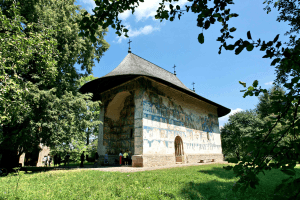
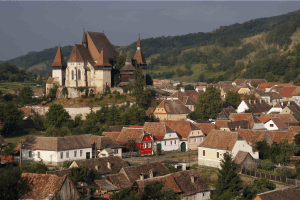
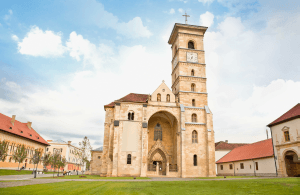
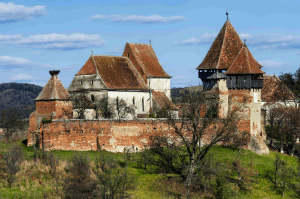
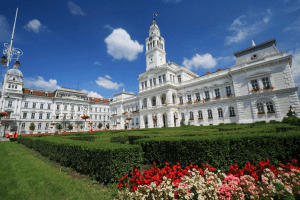
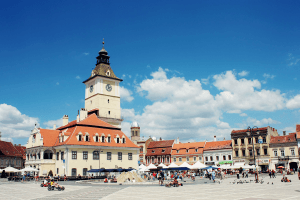
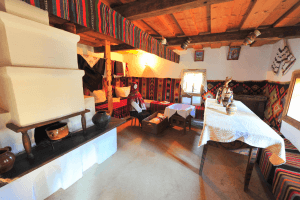
.png)
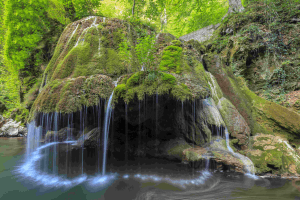
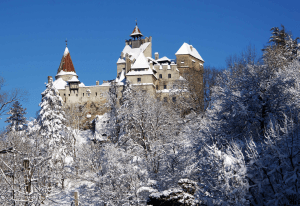
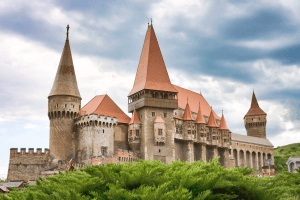
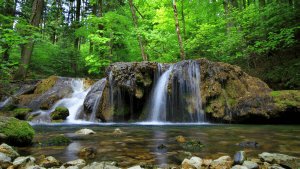
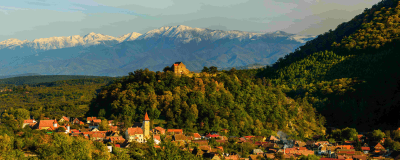
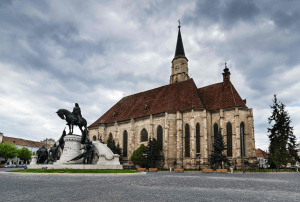
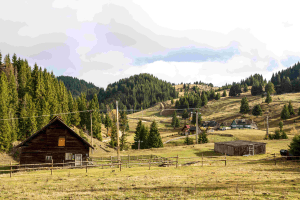
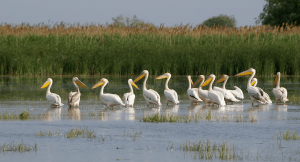
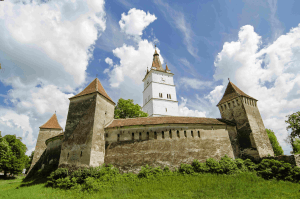
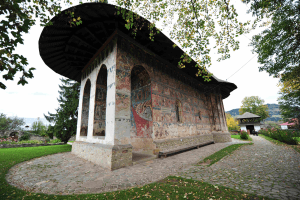
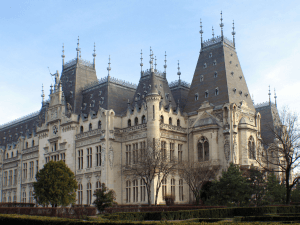
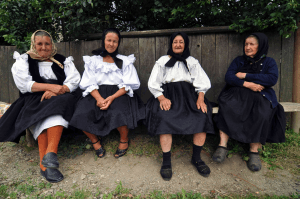
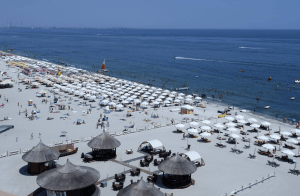
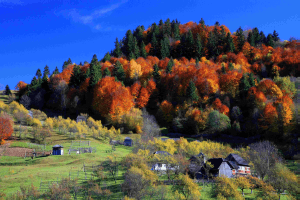
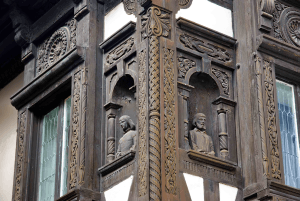
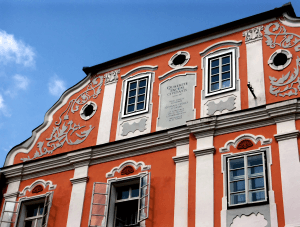
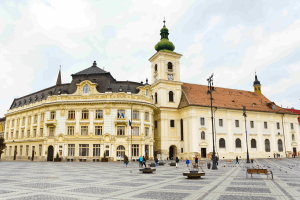
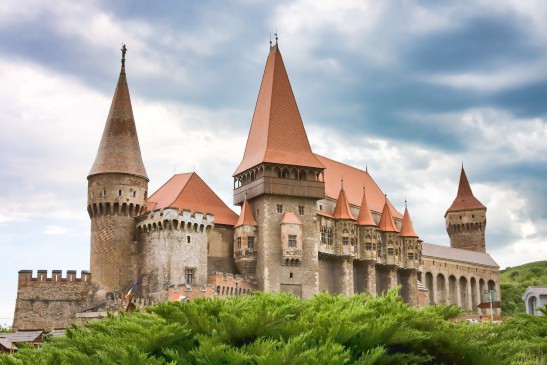
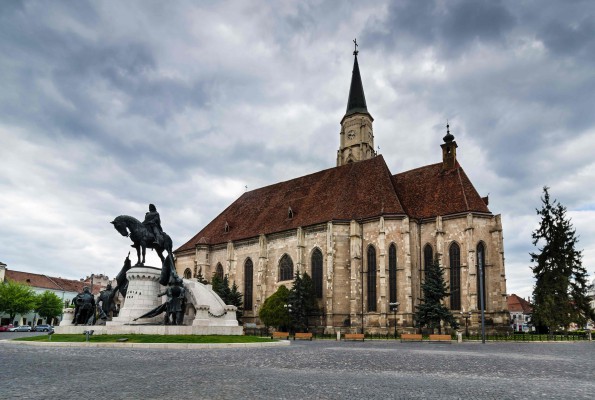





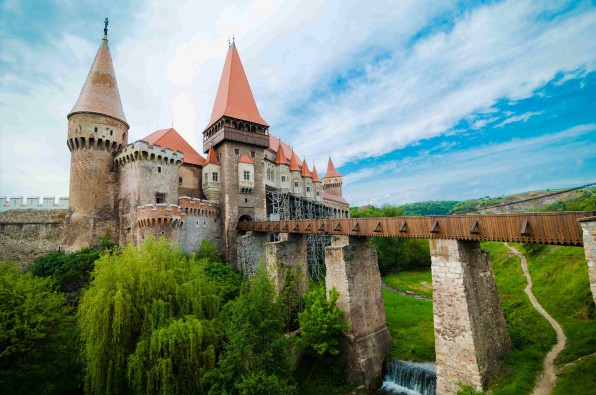





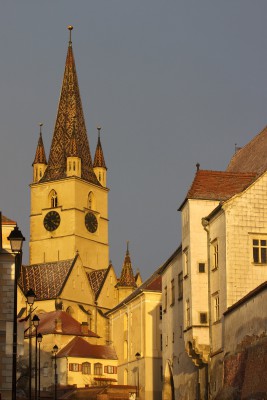











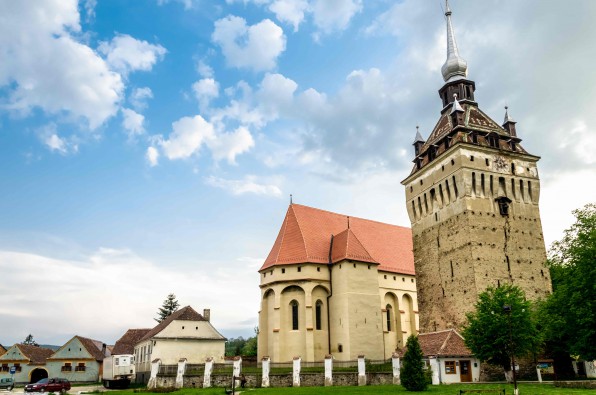





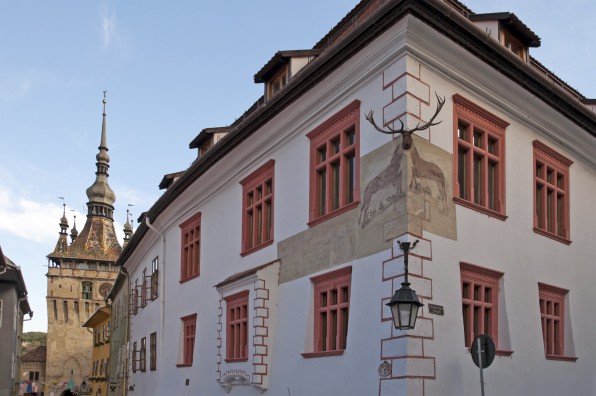





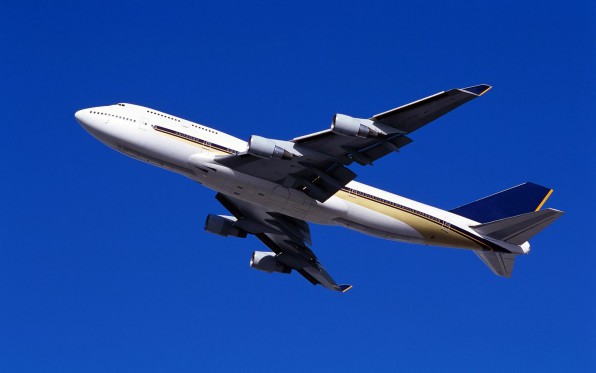
Add a comment